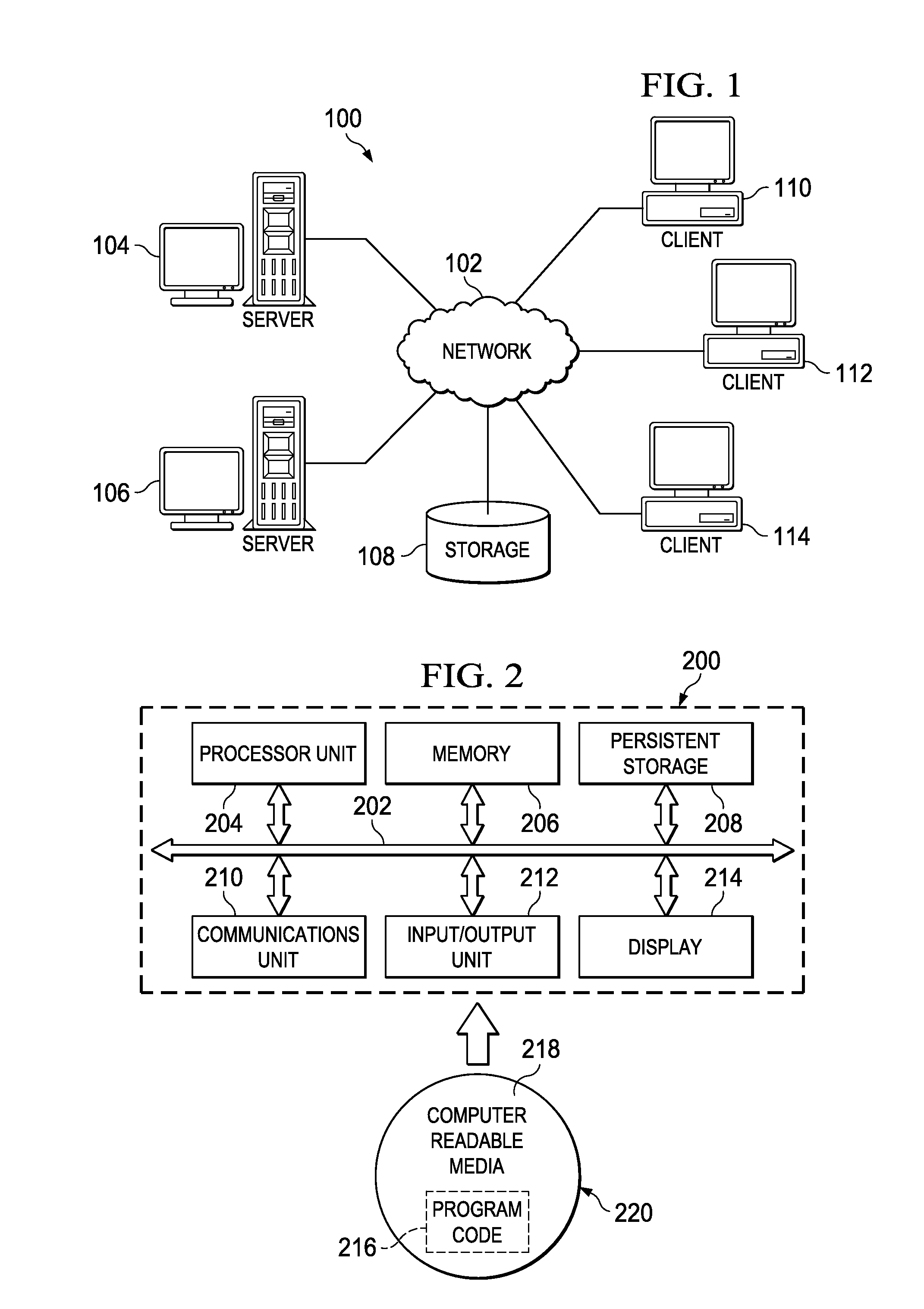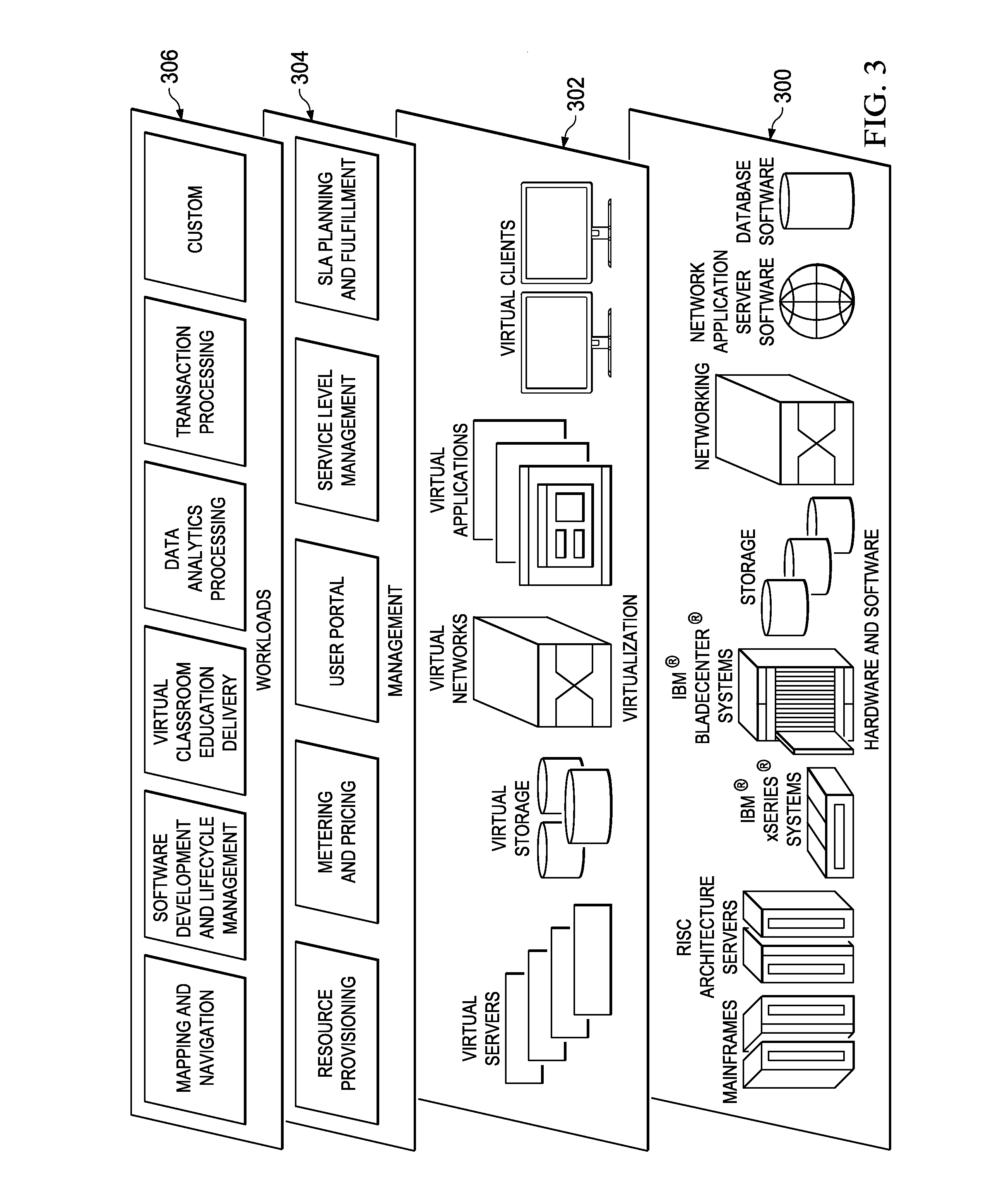Extending infrastructure security to services in a cloud computing environment
a cloud computing environment and infrastructure security technology, applied in computing, digital computers, instruments, etc., can solve the problems of complicated deployment and management operations, no simple way to integrate such products with the cloud computing infrastructure, and no easy way to link multiple products together, so as to facilitate the effect of sso
- Summary
- Abstract
- Description
- Claims
- Application Information
AI Technical Summary
Benefits of technology
Problems solved by technology
Method used
Image
Examples
second embodiment
[0086]FIG. 9 illustrates a second embodiment, wherein the shared service is launched from a URL (such as a bookmark or icon in the first service console). This embodiment uses entities of the same type described in FIG. 8, namely, a web-based user interface (UI) 900 from the deployer appliance (or other IPAS), the security service 902, the shared service web-based UI 904, and the shared service 906 (represented by the URL). Appropriate trust relationships are presumed, as previously described. In this embodiment, the user 901 makes a request to access the monitoring shared service by selecting a bookmarked URL in the console 900. This is step 908. This action causes a redirect to a login page of the shared service UI 904. This redirect is step 910. In this embodiment, and instead of issuing a challenge to the user, the shared service UI 904 (having established the necessary trust relationship), issues a redirect to the IWD console 900. This second redirect is step 912. Steps 910 and...
first embodiment
[0088]The techniques herein facilitate shared service deployment in the cloud. The first embodiment is as described in FIG. 8. In this approach, when an administrator or deployer clicks on a first icon representing a service to be deployed, the system sends a secret token that represents the administrator or deployer to the service. Using a security server, the service exchanges the secret token with a user security token that represents the credentials of the administrator or the deployer. The service then validates the user security token by extracting user identity, group, security role, and resource identifier information. Using the extracted information, the service then makes access control decisions. In this approach, the user identity management, authentication and access control are managed by the cloud computing infrastructure. A service being deployed just needs to exchange and validate the user security token, validate the trust relationship, and then enforce the access ...
PUM
 Login to View More
Login to View More Abstract
Description
Claims
Application Information
 Login to View More
Login to View More - R&D
- Intellectual Property
- Life Sciences
- Materials
- Tech Scout
- Unparalleled Data Quality
- Higher Quality Content
- 60% Fewer Hallucinations
Browse by: Latest US Patents, China's latest patents, Technical Efficacy Thesaurus, Application Domain, Technology Topic, Popular Technical Reports.
© 2025 PatSnap. All rights reserved.Legal|Privacy policy|Modern Slavery Act Transparency Statement|Sitemap|About US| Contact US: help@patsnap.com



